Discover why calamondin trees are perfect for your backyard or patio. Learn about their compact size, fragrant blossoms and easy care in our 2024 guide to growing citrus in small spaces.
Calamondin trees (Citrofortunella microcarpa) are exceptional citrus plants that offer a perfect blend of ornamental beauty and culinary utility. These compact trees are ideal for small spaces, produce fragrant blossoms year-round, and bear tart-sweet fruits that can be used in various culinary applications. Whether you have a spacious backyard or a cozy patio, a calamondin tree can be a delightful and rewarding addition to your home garden.
Hello, I’m Ashley Scott, a horticulturist specializing in citrus cultivation for over 15 years. Today, I’m excited to share with you the wonderful world of calamondin trees and why they’ve become increasingly popular among urban gardeners and citrus enthusiasts in 2024.
What is a Calamondin Tree?
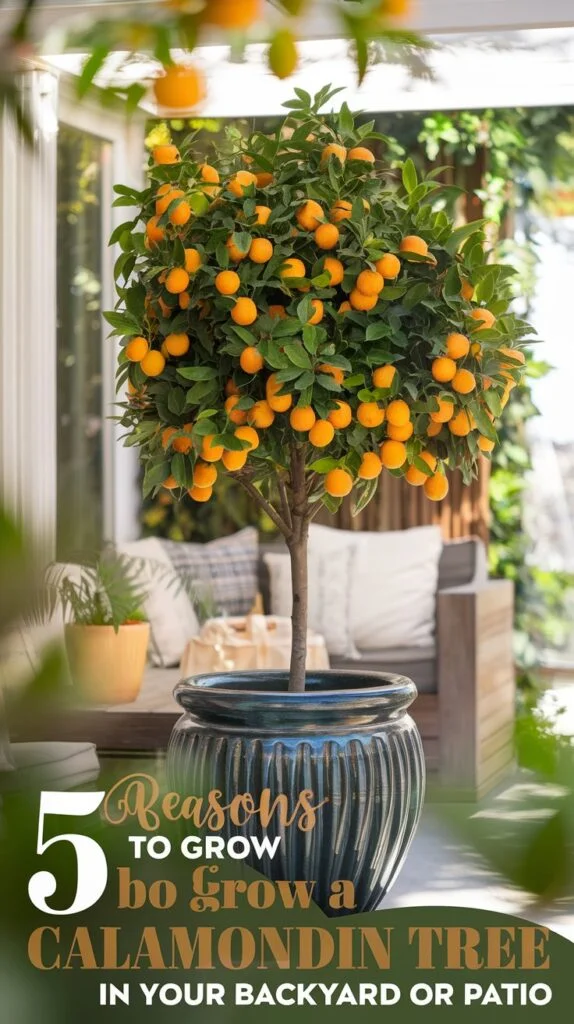
Before we dive into the reasons to grow a calamondin tree, let’s briefly introduce this charming citrus variety. Calamondin, also known as calamansi or Philippine lime, is a hybrid between kumquat and mandarin orange. According to the University of Florida IFAS Extension, these trees are native to Southeast Asia and have been cultivated for centuries for their ornamental and culinary value.
Now, let’s explore the top 5 reasons why you should consider growing a calamondin tree in your backyard or patio.
1. Perfect for Small Spaces
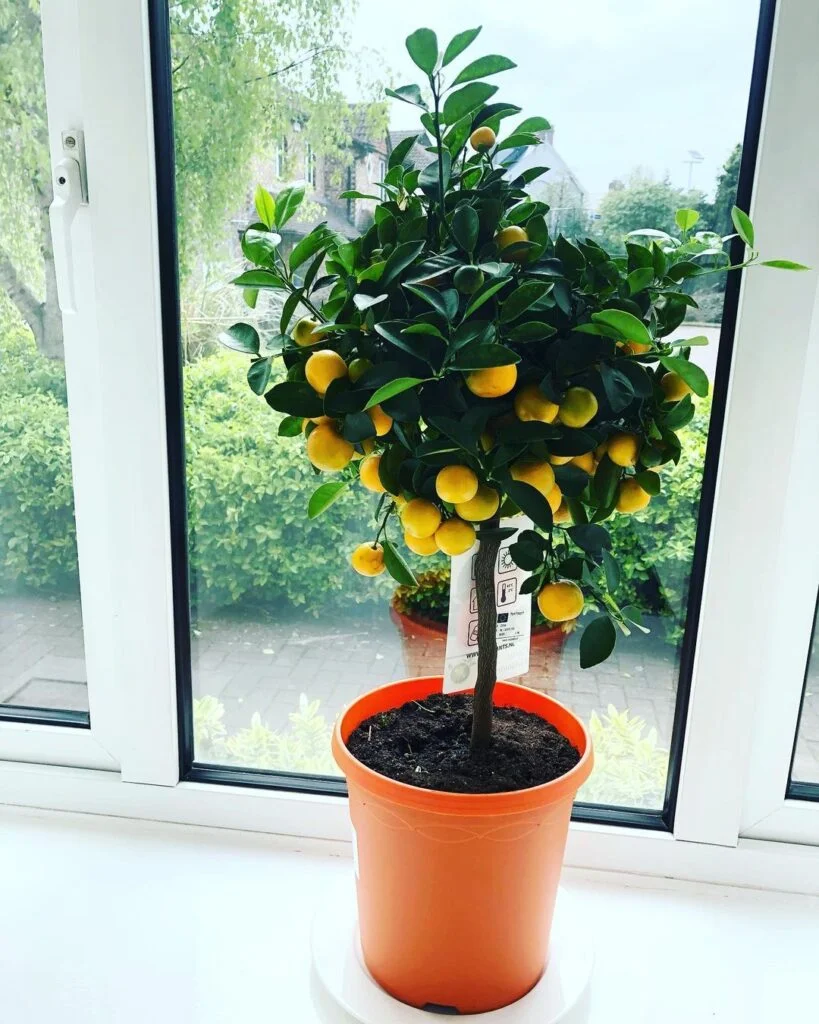
One of the most compelling reasons to grow a calamondin tree is its compact size, making it an ideal choice for small-space gardening. These trees typically reach a height of 6-10 feet when planted in the ground but can be easily maintained at 3-5 feet when grown in containers. This makes them perfect for:
- Urban balconies
- Petite patios
- Small backyards
- Indoor sunny spots
Their manageable size allows you to enjoy the beauty and benefits of a citrus tree without requiring a large garden space.
2. Year-Round Fragrant Blossoms
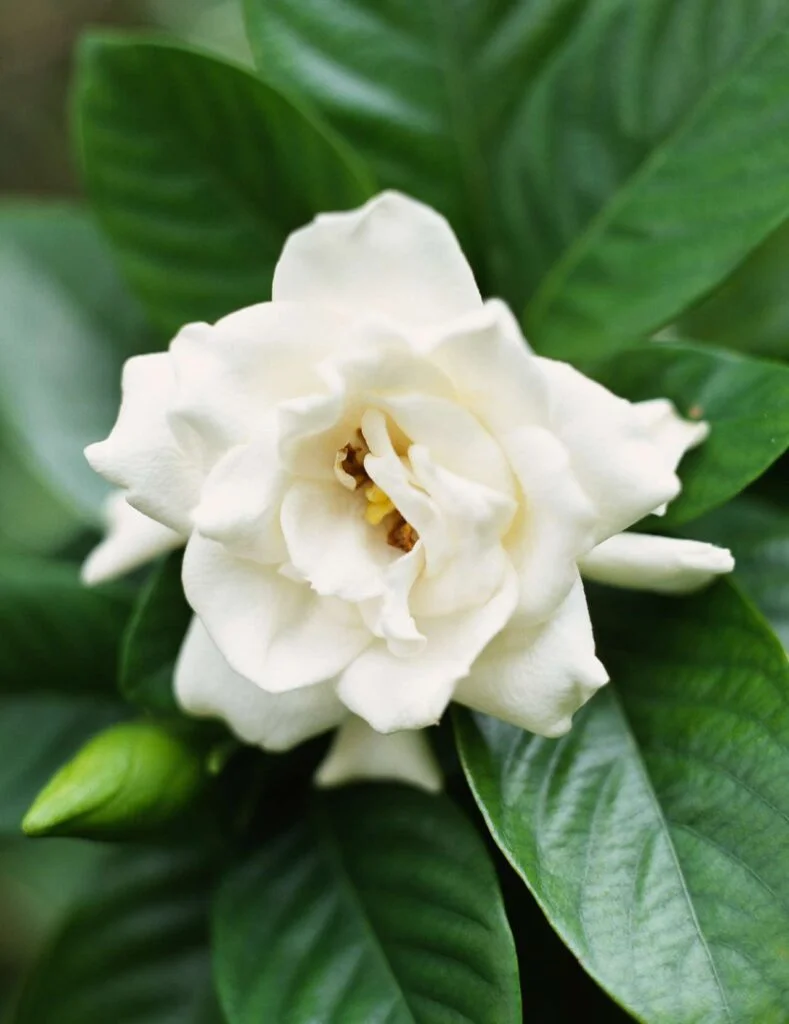
Calamondin trees are known for their prolific blooming habit. These trees produce delicate, fragrant white blossoms throughout the year, with peak blooming periods in spring and fall. The sweet, jasmine-like scent of calamondin flowers can:
- Enhance your outdoor living space
- Attract pollinators like bees and butterflies
- Provide a constant source of natural fragrance
This continuous blooming makes calamondin an excellent choice for those seeking aromatic plants for container gardens.
3. Versatile Fruit Production
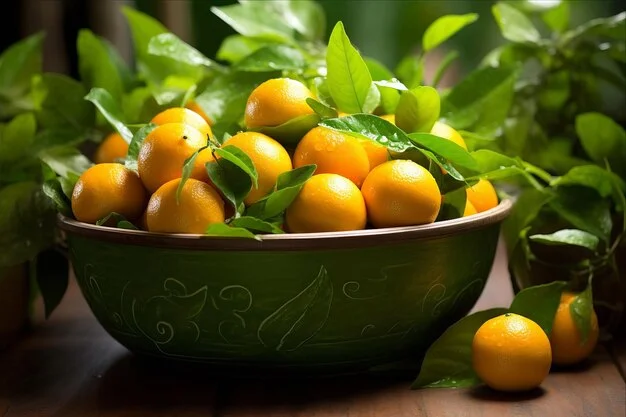
Despite their small size, calamondin trees are prolific fruit bearers. The fruits are small, about 1 inch in diameter, with a thin, edible rind and a tart-sweet flavor. These versatile fruits can be used in various ways:
- Flavoring for beverages (similar to lemons or limes)
- Ingredient in marinades and sauces
- Key component in preserves and marmalades
- Ornamental garnish for cocktails and dishes
The Purdue University Horticulture Department provides extensive information on the culinary uses of calamondin fruits.
4. Low Maintenance and Easy Care
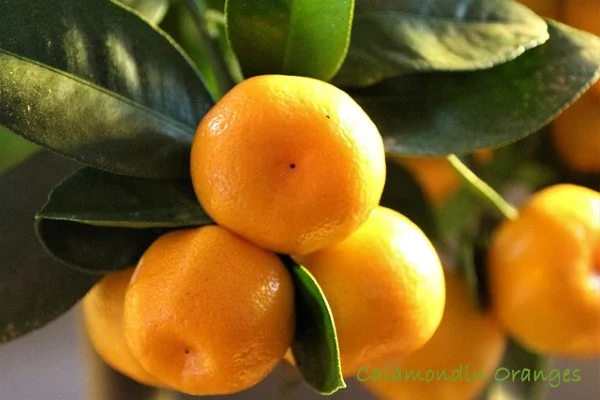
Calamondin trees are known for their resilience and ease of care, making them perfect for both novice and experienced gardeners. Some key care aspects include:
- Watering: Regular but not excessive watering
- Sunlight: Thrives in full sun to partial shade
- Soil: Well-draining, slightly acidic soil
- Fertilization: Balanced citrus fertilizer applied 2-3 times a year
Their adaptability to various conditions makes them one of the easiest citrus varieties to grow, especially in containers.
5. Year-Round Interest and Aesthetic Appeal
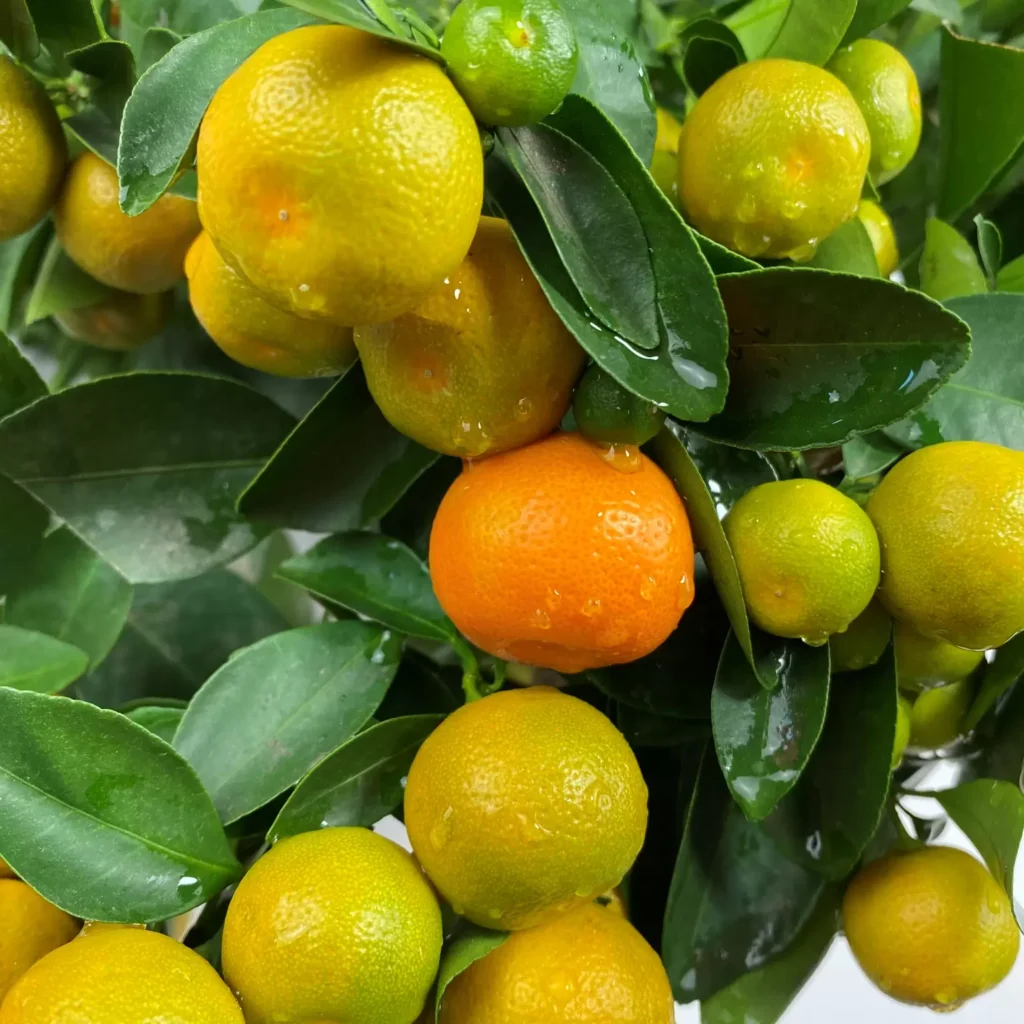
Calamondin trees offer year-round visual interest to your garden or patio. Their evergreen foliage, fragrant blossoms, and bright orange fruits create a constantly changing display throughout the seasons. This makes them an excellent choice for:
- Focal points in container gardens
- Living privacy screens when planted in a row
- Decorative elements for entryways or outdoor living areas
The trees’ compact form and glossy leaves also make them popular choices for bonsai enthusiasts.
Growing Tips for Calamondin Trees in 2024
To ensure your calamondin tree thrives, consider these up-to-date growing tips:
- Smart Watering Systems: Utilize IoT-enabled moisture sensors to optimize watering schedules, ensuring consistent moisture without overwatering.
- LED Grow Lights: For indoor or low-light situations, supplement with full-spectrum LED grow lights to promote healthy growth and fruit production.
- Organic Pest Control: Use neem oil or introduce beneficial insects like ladybugs to manage common citrus pests naturally.
- Automated Feeding Systems: Consider using slow-release fertilizer spikes or automated liquid fertilizer systems to ensure consistent nutrition.
- Microclimate Creation: Use reflective mulches or heat-absorbing materials nearby to create a warmer microclimate for your tree, especially in cooler regions.
Growing a calamondin tree in your backyard or patio offers numerous benefits, from its compact size and fragrant blossoms to its versatile fruits and low maintenance needs. Whether you’re an urban dweller with limited space or a citrus enthusiast looking for a unique addition to your garden, the calamondin tree is an excellent choice that will bring beauty, fragrance, and tasty fruits to your home throughout the year.
By following the care tips and embracing innovative gardening techniques, you can enjoy the many rewards of growing this delightful citrus tree in 2024 and beyond. So why not add a touch of tropical charm to your living space with a calamondin tree?
For more gardening tips and plant care guides, visit usagardenhub.com

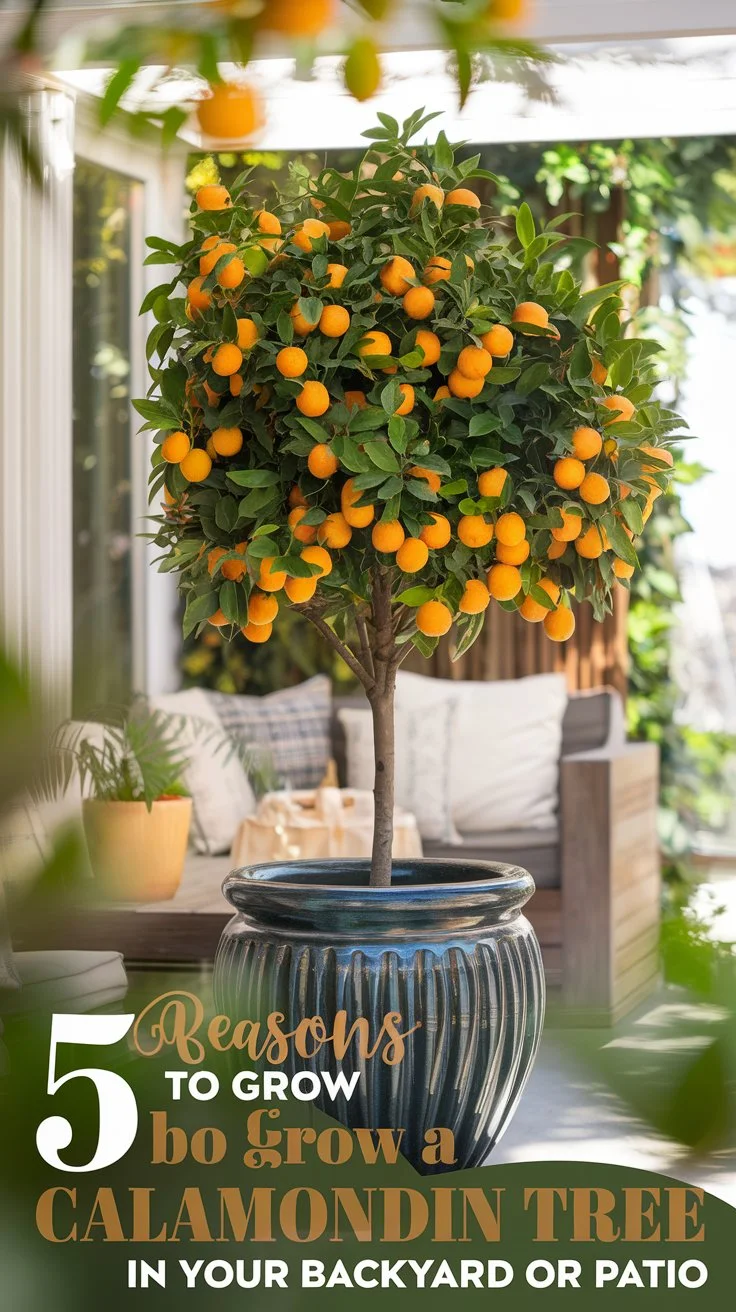
3 thoughts on “5 Reasons to Grow a Calamondin Tree in Your Backyard or Patio”